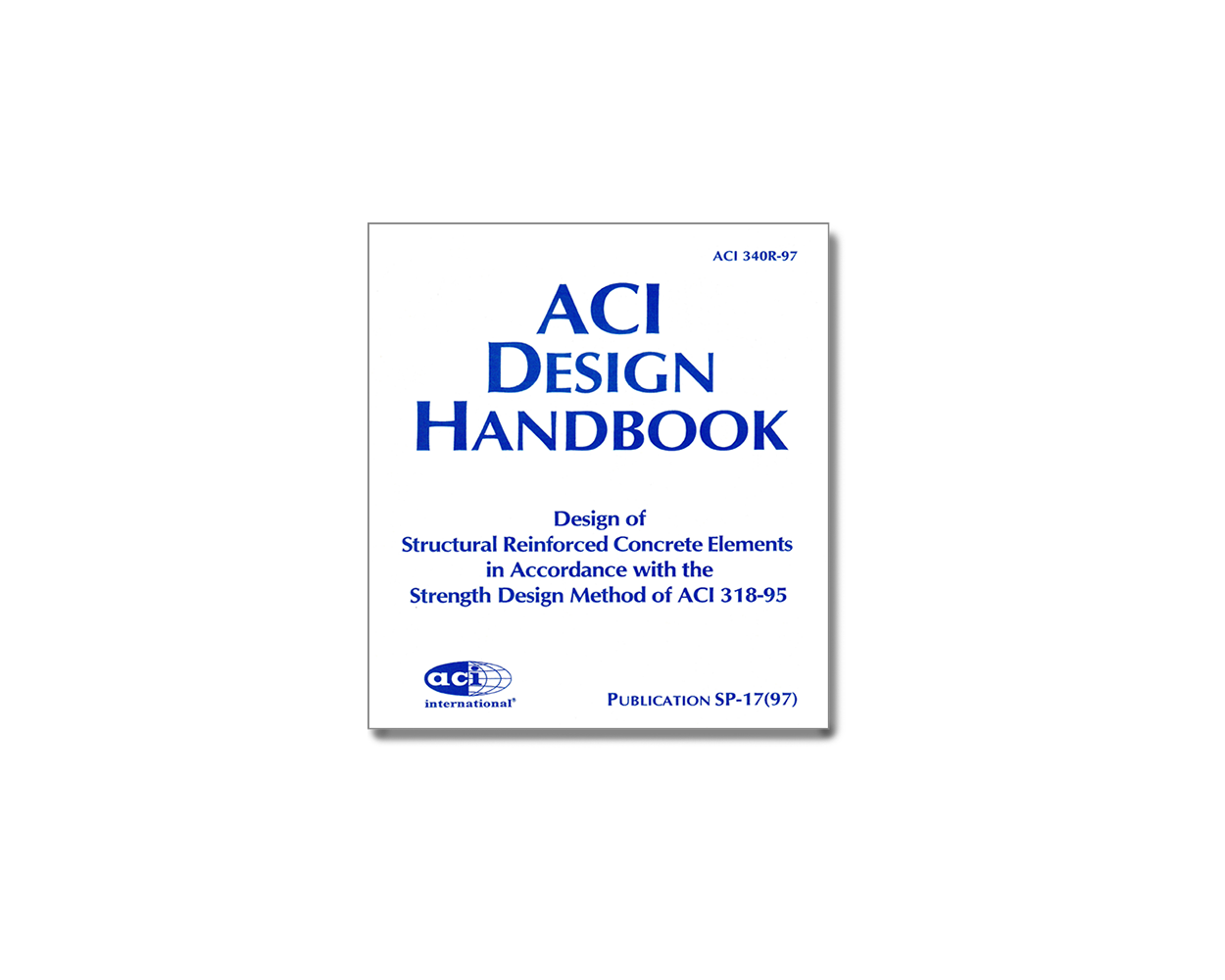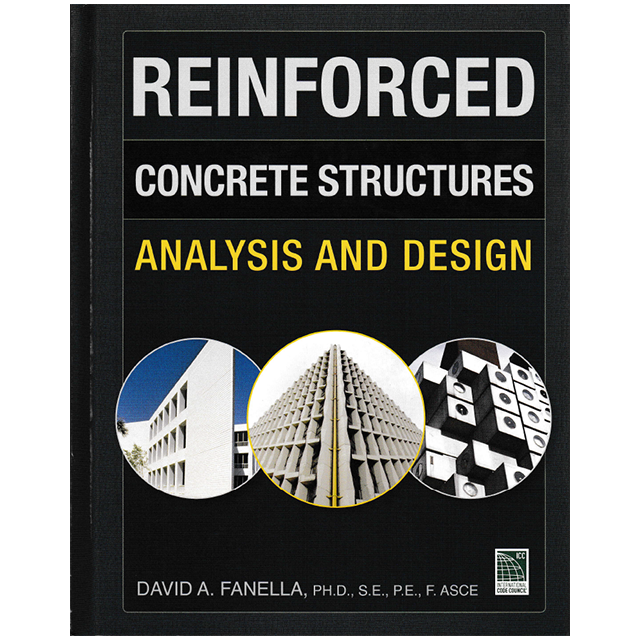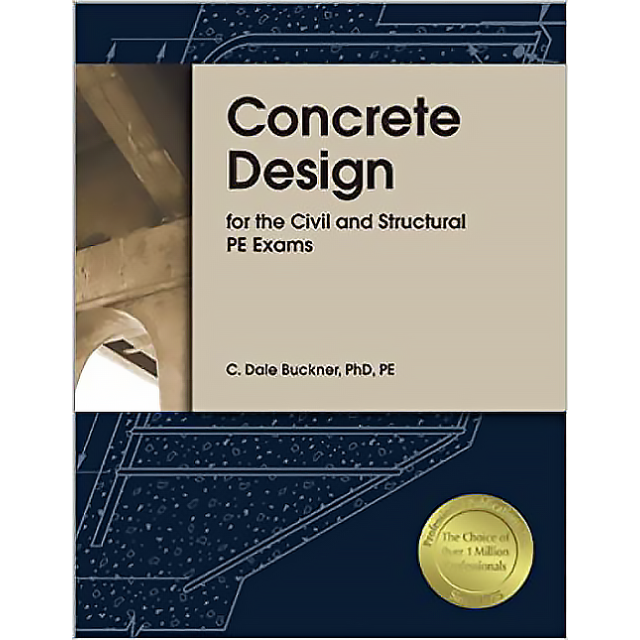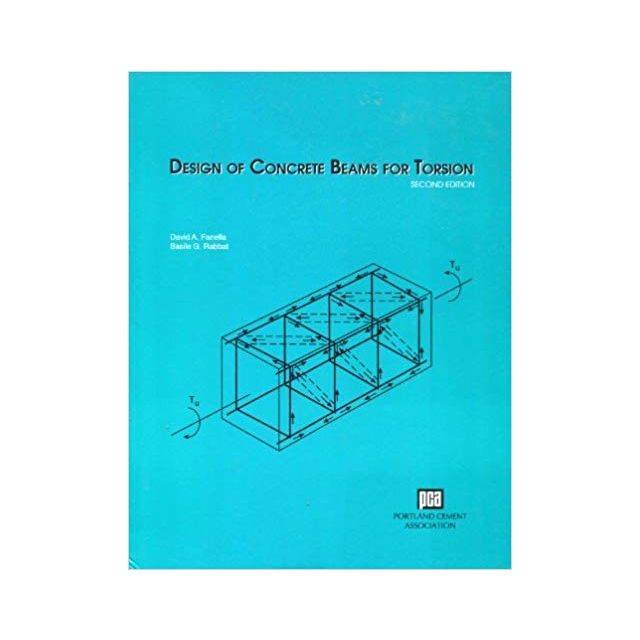ACI Design Handbook - 1997
The ACI Design Handbook is intended for use by persons having a general familiarity with the strength design method and with "Building Code Requirements for Structural Concrete" (ACI 318-95). The volume, in loose-leaf notebook, presents information for the engineering design and analysis of beams, one-way slabs, brackets, footings, pile caps, columns, two-way slabs, and seismic design. There are three sections: (1) Design Aids - tables and graphs intended to save the designer the effort of repeatedly performing routine calculations; (2) Design Examples - illustrations of the use of the Design Aids; and (3) Commentary on Design Aids - comments giving the basis for the Design Aids.
Contents:
- Chapter 1 - Design for flexure
- Chapter 2 - Design for shear
- Chapter 3 - Short column design
- Chapter 4 - Design of slender columns
- Chapter 5 - Footing design
- Chapter 6 - Seismic design
- Chapter 7 - References
- Appendix A - Reference tables
- Appendix B - Analysis tables
- Appendix C - Sectional properties
| Price | $189.95 |
|---|---|
| Customer Service | Customer ServiceWe're Here To Help Call us anytime during our customer service hours... Monday through Friday - 8:30 am to 4:30 pm (Pacific) Order Questions: TOLL FREE, 800-273-7375 (Outside the U.S. call 818-887-7828). Our Address: 8001 Canoga Avenue Canoga Park, CA 91304 US Phone: 800-275-2665 E-mail: sales@buildersbook.com
|
| Description | ACI DESIGN HANDBOOK. DESIGN OF STRUCTURAL REINFORCED CONCRETE ELEMENTS IN ACCORDANCE WITH THE STRENGTH DESIGN METHOD OF ACI 318-95. SIXTH EDITION The ACI Design Handbook is intended for use by persons having a general familiarity with the strength design method and with "Building Code Requirements for Structural Concrete" (ACI 318-95). The volume, in loose-leaf notebook, presents information for the engineering design and analysis of beams, one-way slabs, brackets, footings, pile caps, columns, two-way slabs, and seismic design. There are three sections: (1) Design Aids - tables and graphs intended to save the designer the effort of repeatedly performing routine calculations; (2) Design Examples - illustrations of the use of the Design Aids; and (3) Commentary on Design Aids - comments giving the basis for the Design Aids. Contents:
|





